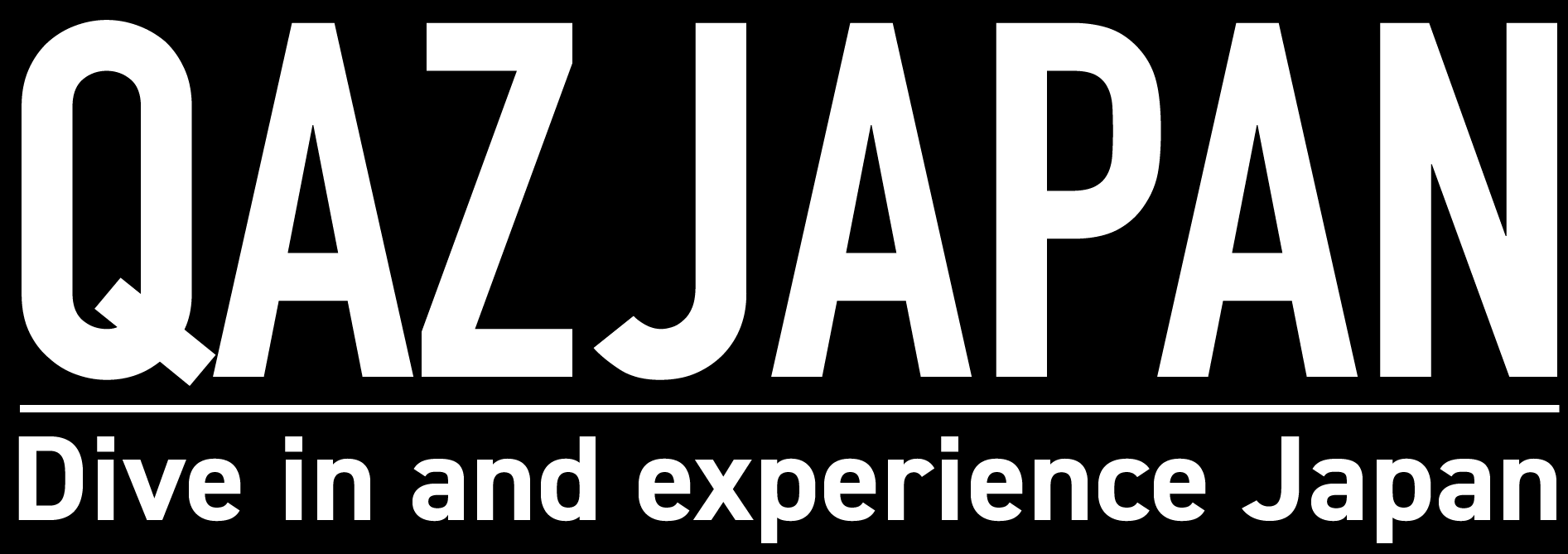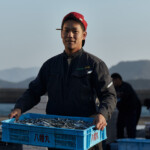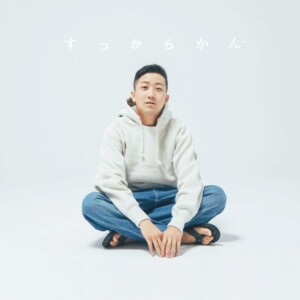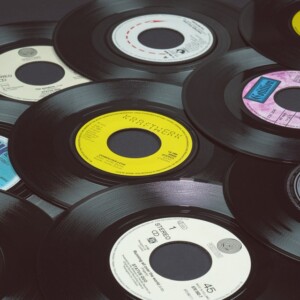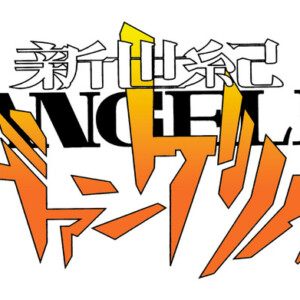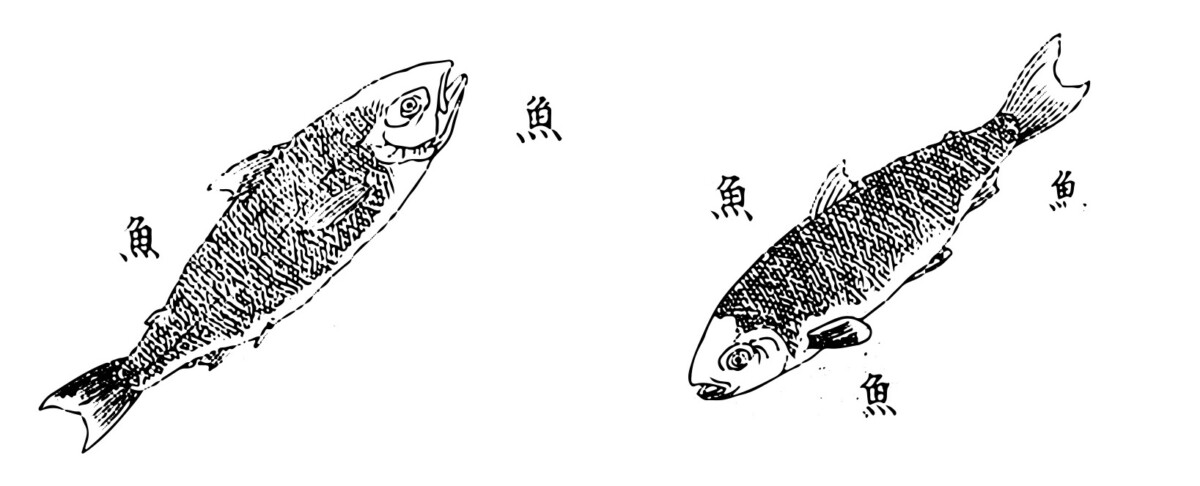
KANJI-GATE: Fish Radical
Author profile

- Bruce Rutledge loves books, baseball, and Pacific Northwest beer, He also loves Japan and has dedicated his career to telling more stories about the country through books, magazines, newspapers, TV, radio, and now, on Origami magazine. He works in Seattle's Pike Place Market. Come visit him in his store in the Down Under.
Latest entries
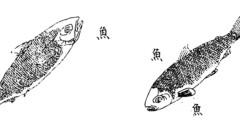 JAPAN2021.04.21KANJI-GATE: Fish Radical
JAPAN2021.04.21KANJI-GATE: Fish Radical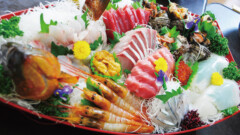 WORLD2021.04.20ORIGAMI Vol 17 – Blowfish!
WORLD2021.04.20ORIGAMI Vol 17 – Blowfish!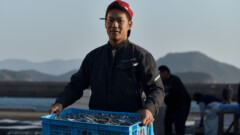 JAPAN2021.04.09Japan’s Fishing Paradise
JAPAN2021.04.09Japan’s Fishing Paradise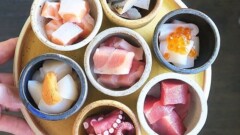 WORLD2021.04.08Honor Your Fish
WORLD2021.04.08Honor Your Fish

